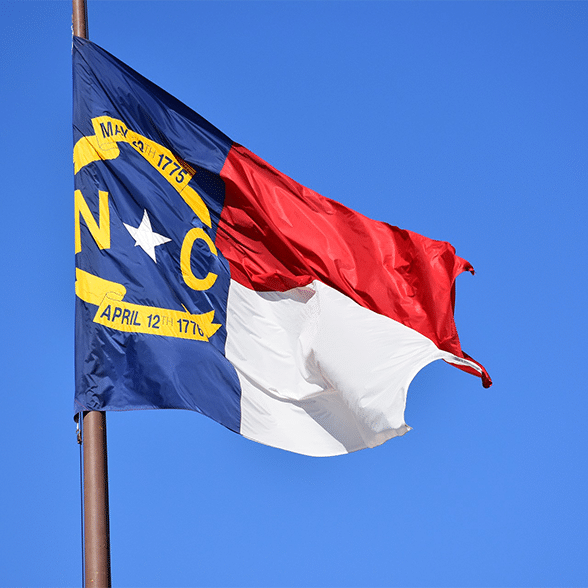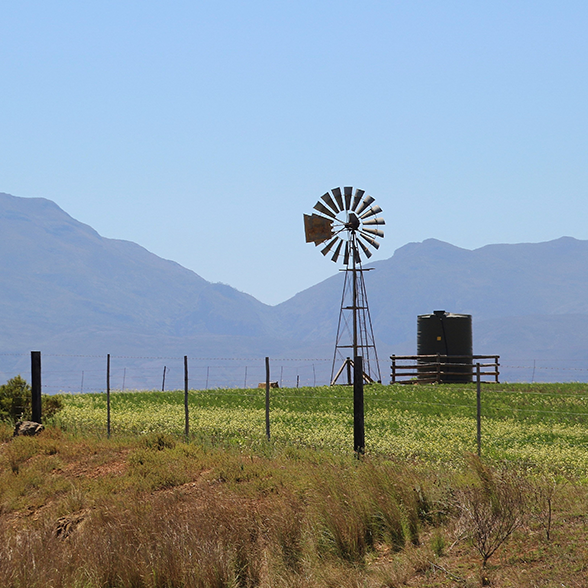 Individual service providers will be able to apply for loans, grants or a combination of the two in the upcoming $600 million USDA rural broadband pilot program, said a senior USDA official late last week.
Individual service providers will be able to apply for loans, grants or a combination of the two in the upcoming $600 million USDA rural broadband pilot program, said a senior USDA official late last week.
Traditionally, USDA has administered separate broadband loan and grant programs and has not had “the ability to package a loan and grant together – now we do with the rural broadband pilot program,” said Jannine Miller, senior advisor for rural infrastructure for the USDA, on a webcast last week.
Miller noted that the USDA offers both grants and loans to support rural water infrastructure, which enables providers to deploy infrastructure and make prices to consumers affordable.
Miller made her comments at an “E-connectivity Listening Session” hosted by the USDA, along with the Farm Foundation, National Rural Electric Cooperative Association, NTCA – The Rural Broadband Association, the National Rural Utilities Cooperative Finance Corporation. At the event, Miller also offered some information about a broadband speed test she said the FCC has developed.
The event, titled “Broadband and Its Impact on Rural Quality of Life,” was also webcast.
USDA Rural Broadband Pilot
The USDA rural broadband pilot was created in the federal budget adopted earlier this year and targets rural areas where no more than 10% of residents can get broadband at speeds of 10 Mbps downstream and 1 Mbps upstream. The USDA recently asked for input on a variety of decisions yet to be made about the program, including the speed that funding recipients will be required to deploy.
Miller noted on , though, that the USDA is “doing a lot of work behind the scenes” such as developing IT systems and a web portal to support the pilot. She said the USDA will provide technical assistance to those who want to put an application together.
She hinted that the USDA might consider criteria beyond simple need in determining who should get funding.
“Our hope is that this will be a drop in the bucket that catalyzes more investment,” she said. She pointed to technologies such as precision agriculture, smart forestry, telehealth and distance learning as examples of how broadband can benefit rural areas, noting, “we hope the private sector will say ‘I didn’t realize there was a business case there.’”
She pointed to a hypothetical dairy farm as an example of how a business case might have been previously overlooked.
“To a telecom provider, a dairy farm looks like a household,” she said. “But to us it might have 150 head of cattle and sell more than $150,000 worth of milk a year. That’s more than a household.”
Meanwhile at the FCC
Miller also pointed to a development at the FCC that may have gone unnoticed but could be important moving forward. She noted that the commission recently published a speed test protocol that could be used to provide an objective measure of the speeds actually available in an area.
“Some time they will be requiring recipients of FCC funds through the Universal Service Fund to be doing testing on a certain protocol in the evening,” she said.


